This week we welcome Ioana Filipas to join us. Ioana is funded by Cardiff University’s CUROP scheme, which supports undergraduate students for a short period of research experience. She will work with Wojciech on a new pilot experiment on preference-based decision making.
New paper on Journal of Neuroscience
A new paper by Esin Karahan and our collaborators is published on the Journal of Neuroscience. We showed that higher DWI-based neurite density in the corticospinal tract is negatively associated with action speed in a simple reaction time task. Our results confirmed the common assumption that the non-decision time is rooted in the primary motor pathway of the brain. We put forward a simple analysis pipeline to search for structural-functional associations along the principal direction of fiber bundles, which would be useful in further studies on anatomically specific brain-behaviour associations.
The paper is now available online.
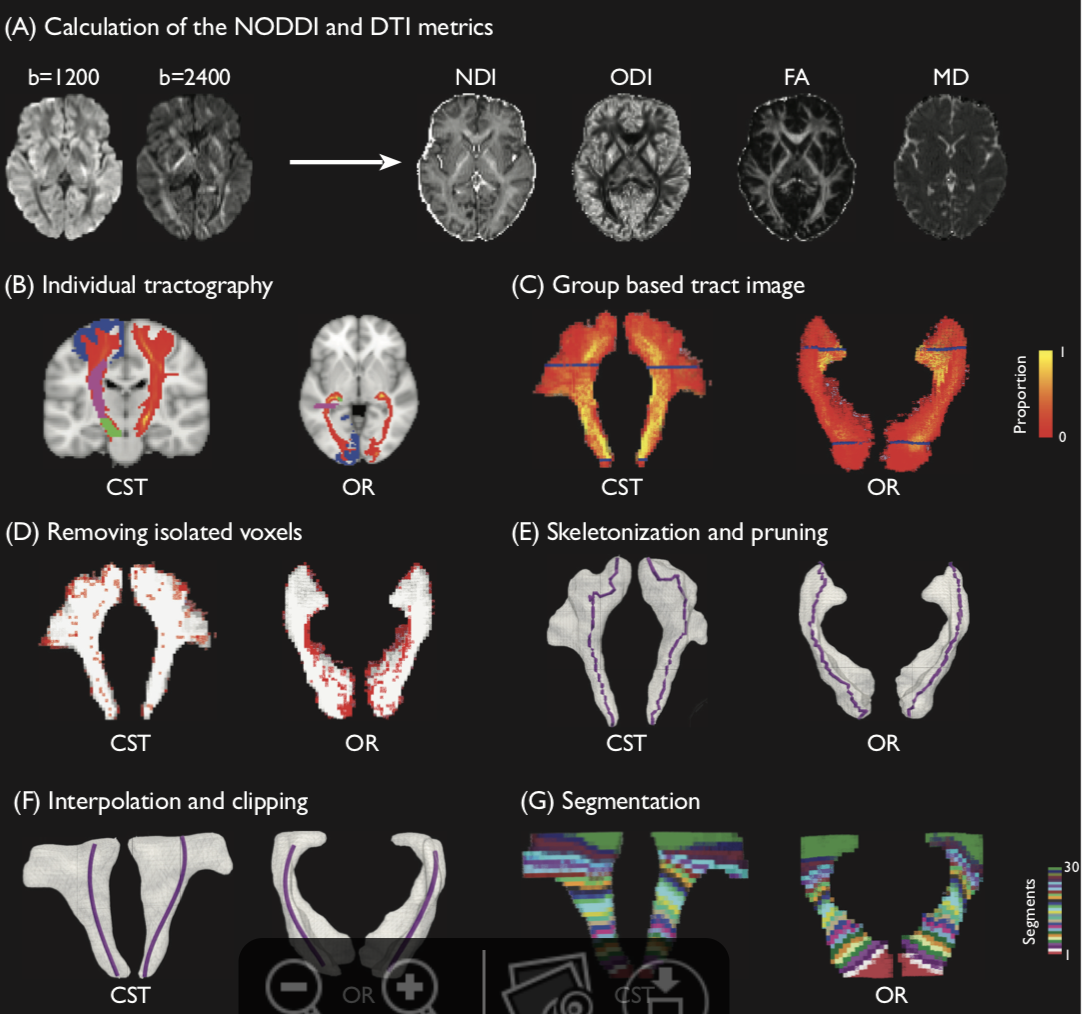
Busy summer weeks
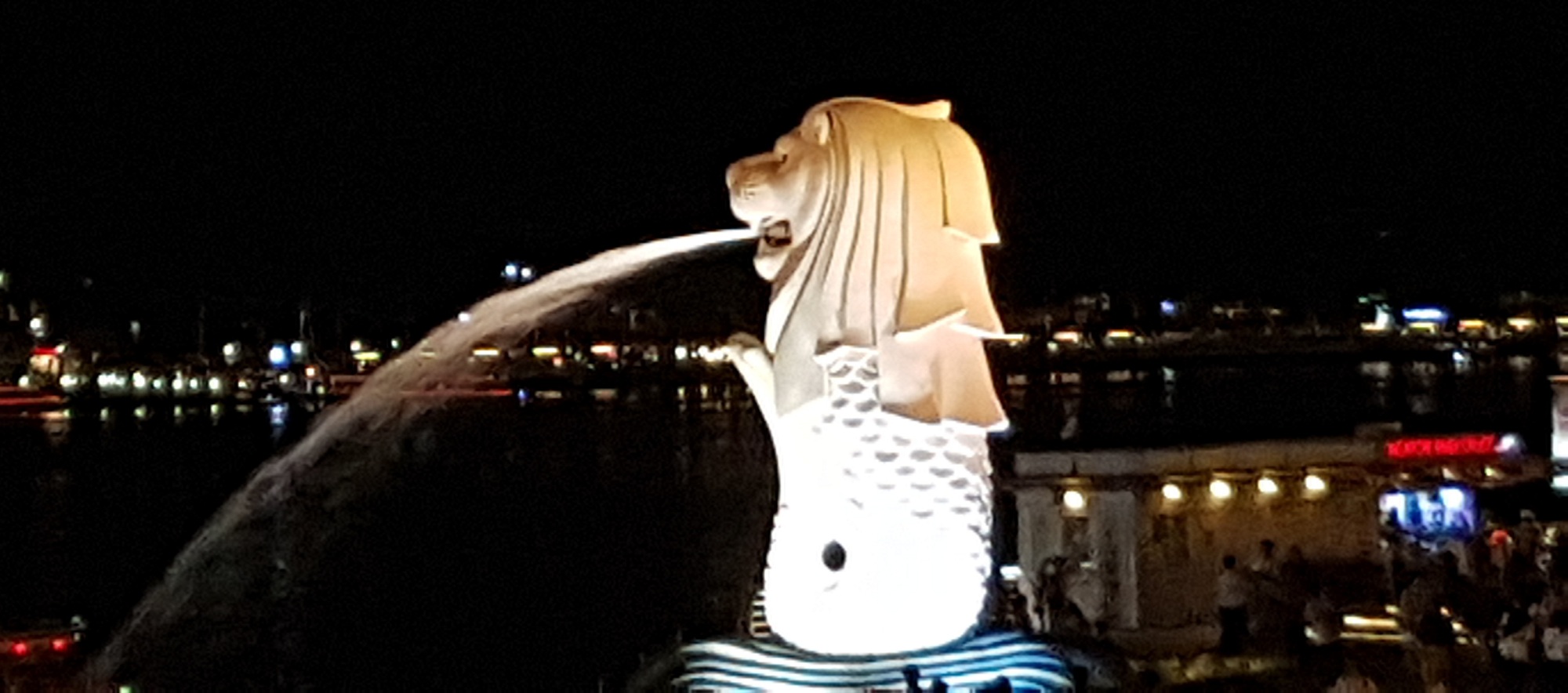
The past few weeks have been busy. We enjoyed the OHBM annual meeting in Singapore, packed with interesting food, tropical fruits, humid heat, and of course excellent science. The lab members presented four posters from our ongoing projects. It is nice to see them coming closer to the finishing line.
In Krakow, we organized a symposium at the ASSC annual meeting, in which we emphasized that that voluntary action paradigms, or forced choice between similar options, can be a powerful tool to investigate endogenous factors that influence decision-making processes.
We welcome our new PhD student Aysegul, who started this month and is interested in value/memory-based decision-making.
We are also sad to say goodbye to Beth. Beth completed her fellowship at CUBRIC and started new adventure as a science communication officer. We wish Beth all the best in her new role!
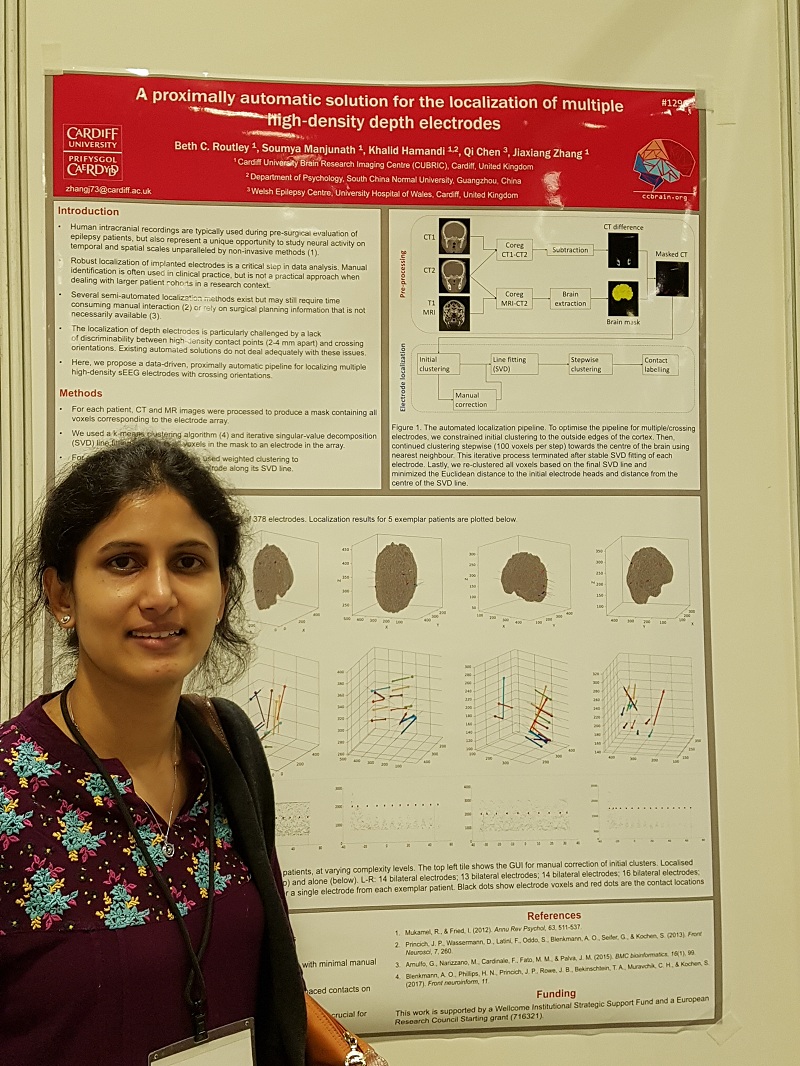

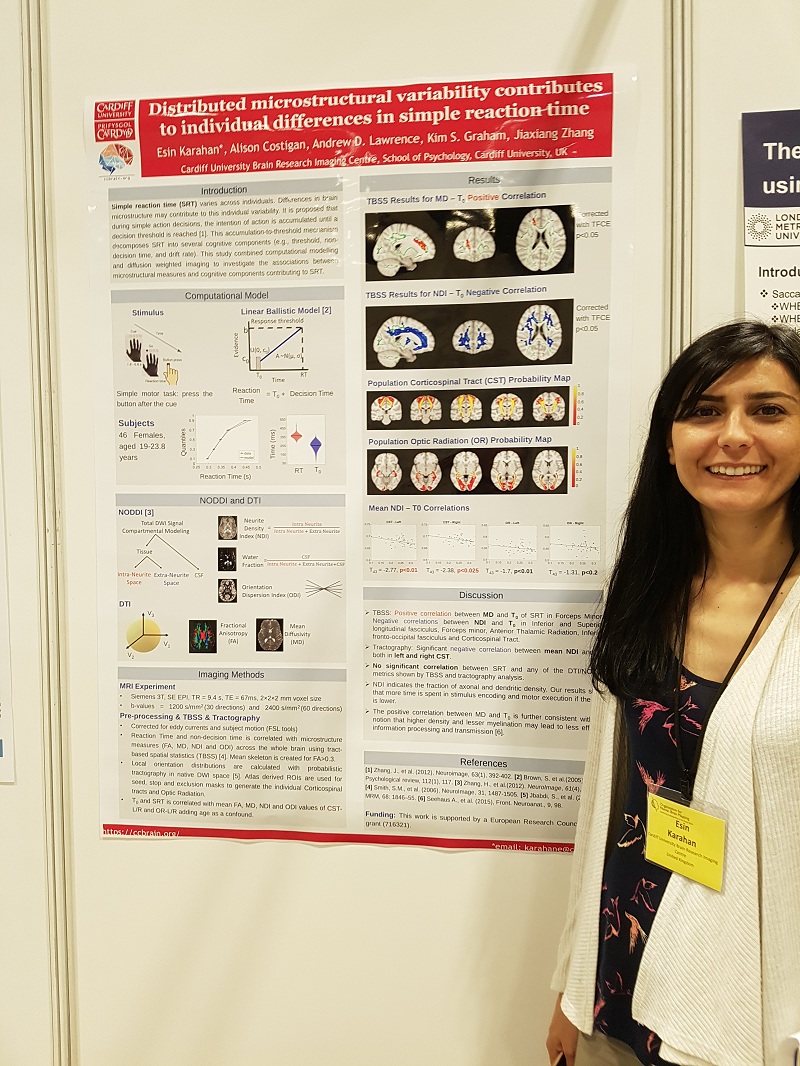
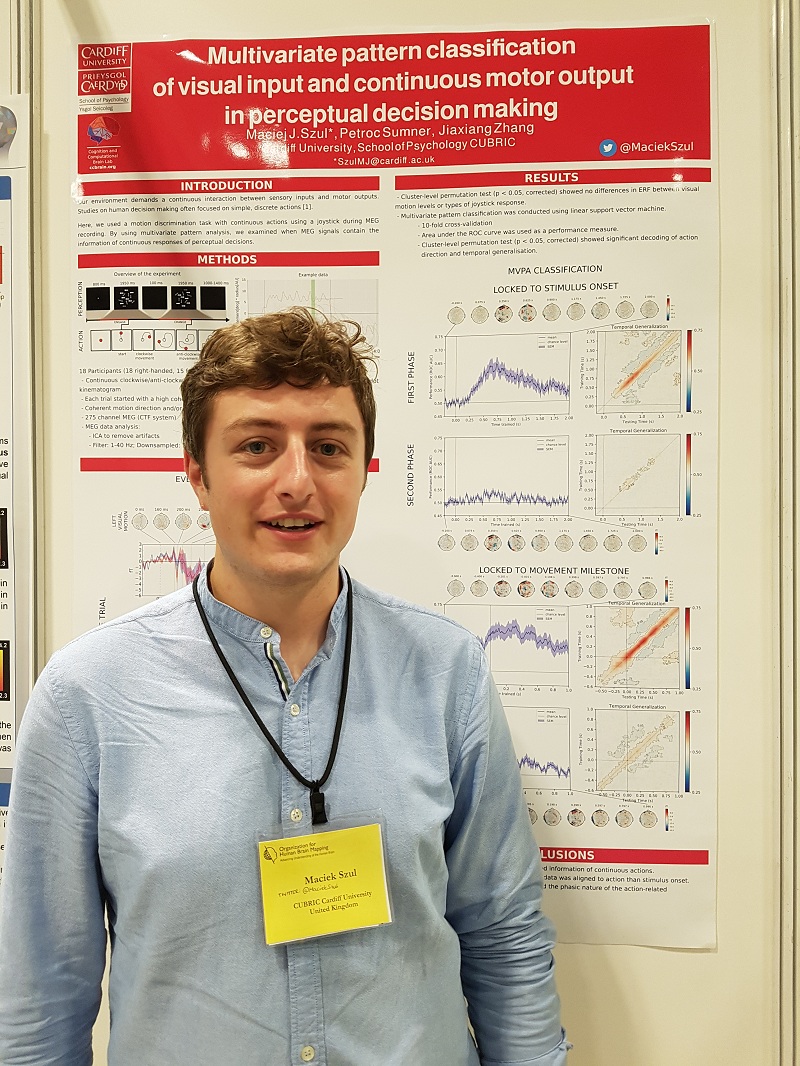
Best programming practices workshop in CUBRIC
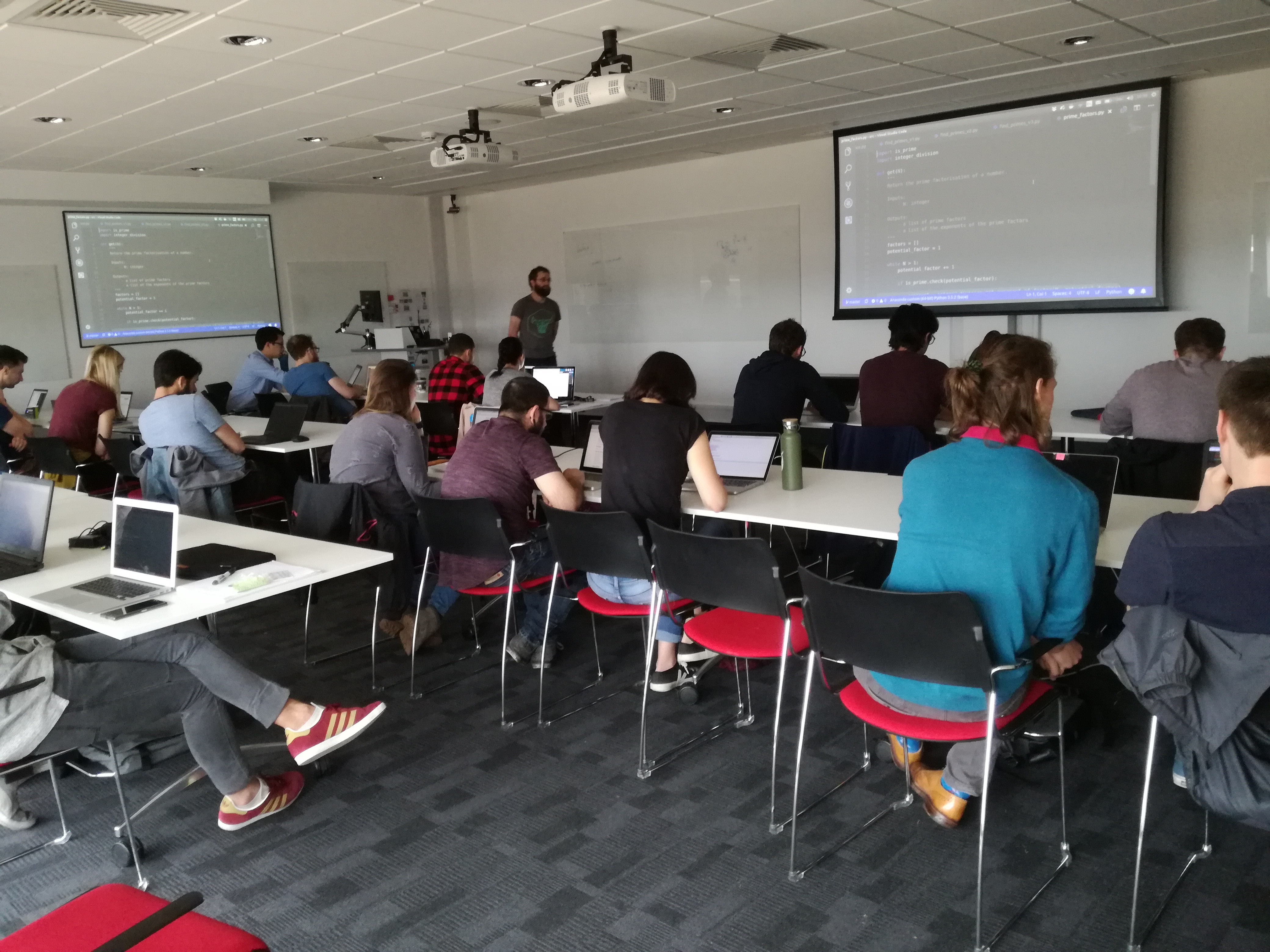
Best programming practices for open science
Last Friday (May 25th, 2018) two of the PhD students from our lab, Dominik and Maciej, organised the workshop Best programming practices for open science generously funded by GW4.
The aim of the training was to raise awareness and introduce good programming practices adopted widely in the industry, but severely underused in academia. Target group for the course were mainly post-graduate students who are using programming in their daily work for numerical simulations, data processing or statistical modelling.
The invited experts were also advocates of open source scientific software developement. Demonstrations included practical solutions on how improve the accesibility of the academic code, and in results improve reproducibility of the scientific process.
Dr Vincent Knight and Nikoleta E. Glynatsi from Cardiff University School of Mathematics presented good practices on how to increase code readability and reliability. They opened our eyes on code testing, comments and variables/function naming conventions.
Dr Cyril Charron from CUBRIC presented arguments in favour of using distributed version control systems. Participants could practice it during next GIT hands-on session. Next, we went beyond coding with Dr Daniel Finnegan from University of Bath, who presented useful tools for scientific writing (LaTeX) and reference managing (Mendeley, Zotero). Rounding up our workshop, Dr Candice Morey of Cardiff University, shed light on how to apply open science practices to directly improve the scientific work and increase overall transparency and reliability of the whole process.
According to the feedback forms received, participants had positive impressions. The workshop was full of networking, discussions and stimulating questions. Seeing young researchers being enthusisatic about improving the quality and transparency of their work was very rewarding. That begs the question, why this type of training is not included in most PhD program curricula or at least offered in doctoral academies.
New Logo
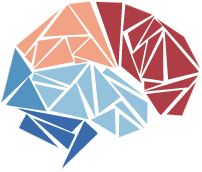
New Logo
After a couple of months of fruitful discussions we finally decided to change the old logo for the bright new one. The svg version with white and transparent backgrounds might be found in images folder of this website, or just here.
